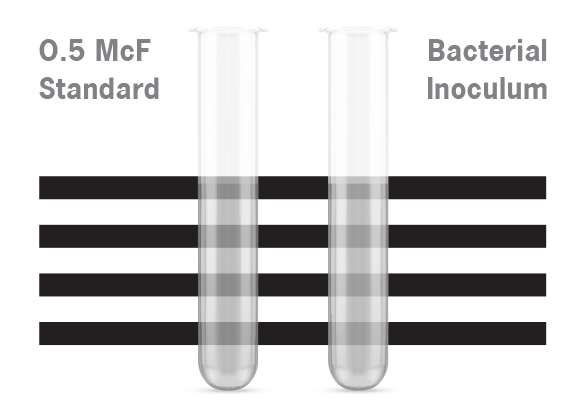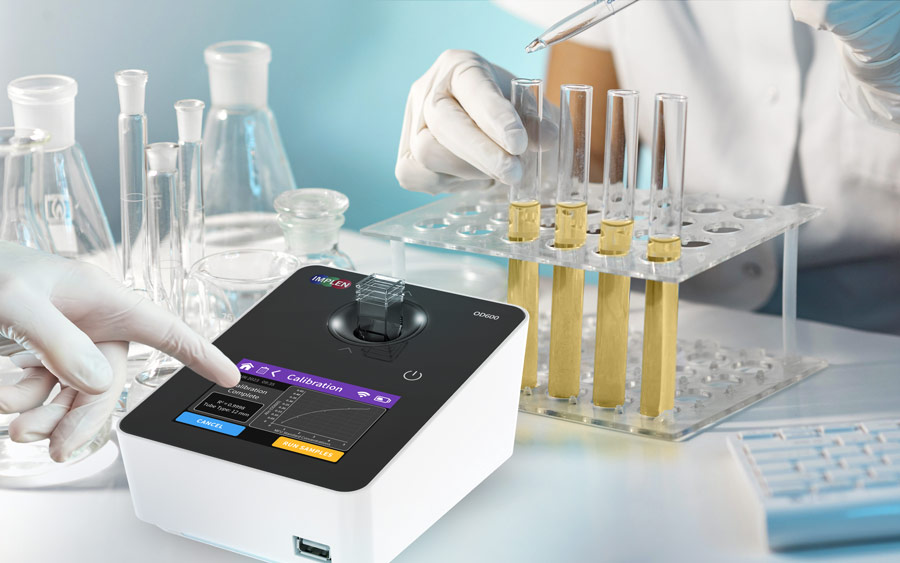
Typically, McFarland standards range from 0.5 to 10, with each standard representing a specific bacterial concentration. For example, a 0.5 McFarland standard corresponds to approximately 1.5 x 108 CFU/mL (colony-forming units per milliliter). By visually or instrumentally comparing the turbidity of a bacterial suspension to these standards, researchers can accurately estimate the concentration of bacteria in their samples.
The simplicity and reliability of the McFarland method make it an essential tool in clinical laboratories, research facilities, and industrial settings, where precise bacterial quantification is critical for experimental success.



